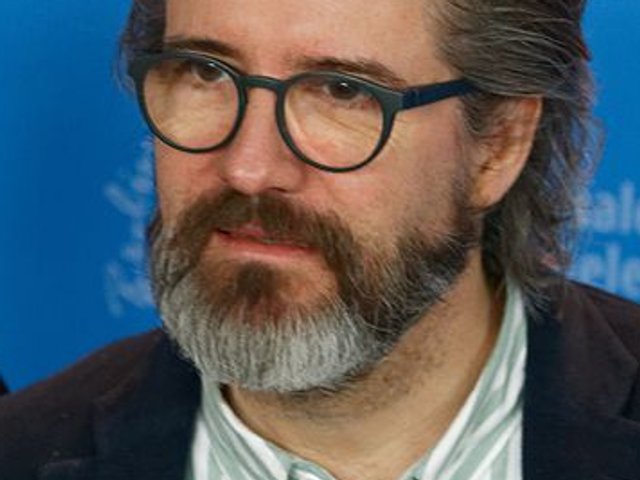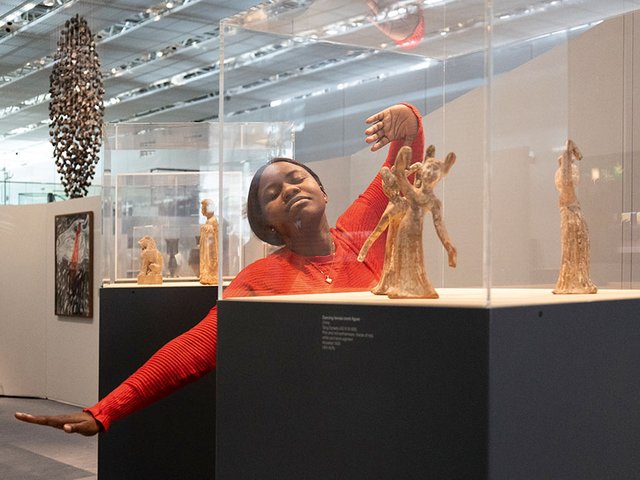In the past few years, I’ve grown more and more interested in policy making and have had discussions with politicians in Germany, Denmark, Iceland, and Ethiopia; with UN officials, with mayors and city planners, and with people who believe in the European Union and seek to revitalise it as a shared project; with climate scientists, who are addressing the fundamental changes the world needs to make to curb climate change; with economists, contemplative specialists, and compassion trainers; with the business sector and people working to achieve the Sustainable Development Goals and the 2030 Agenda.
I have been pushing for art to act on its responsibility and for others to understand its potential. My motivation is simple: I think art and culture are incredibly robust and have so much to offer, also outside the cultural sectors.
There is ultimately no space in which art cannot work. Culture has consequences for how we see the world and how we make the world. It is crucial to our feelings of being connected and of global responsibility, and it can build bridges between local and global contexts. The arts embrace diversity, often generate a sense of trust and inclusion, and even cultivate feelings of empathy and compassion. And we need more of that.
In autumn 2016, it became clear that Brexit was no exception and that many of us had been smugly walled up in our comfort zones, convinced that our world was a world shared by many, by the majority even, and that “our world” understood the world. And we were wrong. I was wrong.
I realised then that I had not been speaking to the world but to a privileged group. I asked myself, what now? What can I do to tear down the wall between me and those I didn’t know that I didn’t know about? How can we speak the language of culture while avoiding the blinding elitism that we have seemingly and involuntarily adopted?
I, for my part, will keep thinking about future artworks through which to respond to these questions, projects like Green light—an artistic workshop, Ice Watch, Riverbed and Little Sun. Each of these takes art out of the comfort zone that is the art world to test its potential in broader conversations.
• For comment on Elisson's Venice Biennale project, see Creative workshop is just the job for Venice Biennale
• Open House, about Studio Olafur Eliasson’s ideas and practice, was published on 15 June by Koenig Books
• Olafur Eliasson: Maison des ombres multiples (Multiple shadow house), opens at the Musée d'art contemporain de Montréal on 21 June (until 9 October)





